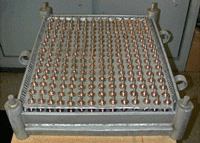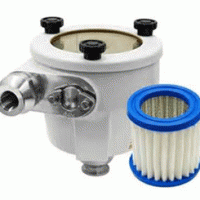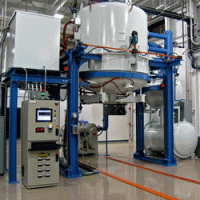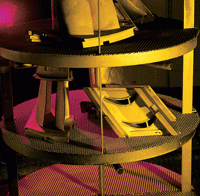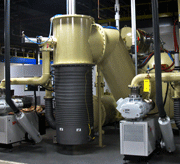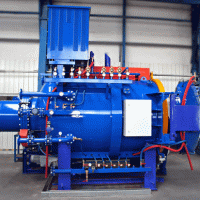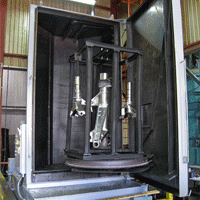Once a good fixture design has been developed, careful consideration should next be given to the loading of the workpieces.
Heating in a vacuum depends mostly on the transfer of energy through radiation from the elements to the load. For uniform heating and cooling, it is important that the workpieces are not shielded by one another. Pieces within the load should be evenly spaced to ensure even exposure to radiation. The size, shape and high-temperature strength of the workpiece should also be considered during loading. Alloys with complex shapes and relatively low strength at heat treating temperatures may distort during processing. In some cases, it may be necessary to support these components with specially designed fixtures. BY JEFF PRITCHARD

